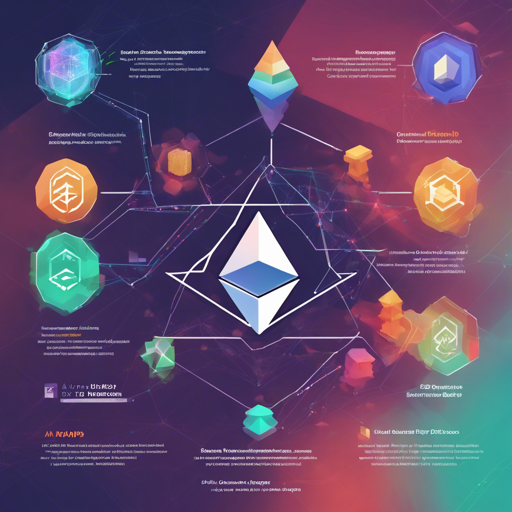In the ever-evolving landscape of blockchain technology, Ethereum stands tall as one of the leading platforms for decentralized applications. This article explores the key tools and concepts in Ethereum development, such as Web3.js, Solidity, and Truffle, to help you embark on your Web3 journey.
Getting Started with Web3.js
Web3.js is a collection of libraries that allows you to interact with the Ethereum blockchain seamlessly. Consider it your bridge to the Ethereum world—like a navigation app guiding you through the bustling streets of a new city.
// Example code to initialize Web3
if (typeof window.ethereum !== 'undefined') {
const web3 = new Web3(window.ethereum);
try {
// Request account access
await window.ethereum.enable();
console.log('Access granted');
} catch (error) {
console.error('User denied account access');
}
} else {
console.error('Ethereum wallet not found');
}
Understanding Solidity
Solidity is the core programming language for writing smart contracts on the Ethereum network. You can visualize Solidity as the “building blocks” of your decentralized applications—each piece (or contract) serves a distinct purpose, much like parts of a home that come together to create a sturdy structure.
Exploring Truffle Framework
Truffle is a development framework that provides essential tools for creating Ethereum applications. It can be likened to a well-equipped workshop where developers can design, build, and deploy their smart contracts with ease and efficiency.
- Remix IDE for smart contract development
- Ganache for personal local blockchain
- Go Ethereum (Geth) for command-line interface operations
Troubleshooting Common Issues
As you dive into Ethereum development, you may encounter a few bumps along the way. Here are some troubleshooting tips to help keep your project on track:
- Ensure that your Ethereum wallet is properly installed and configured. If you’re using MetaMask, check if you’ve granted the necessary permissions.
- Check your version of Web3.js—sometimes, compatibility issues arise from outdated libraries.
- For more insights, updates, or to collaborate on AI development projects, stay connected with fxis.ai.
By following the steps outlined in this guide, you should be well-prepared to tackle your Ethereum development projects. Remember, persistence is key. Don’t hesitate to return to the documentation or reach out for help in community forums.
Conclusion
At fxis.ai, we believe that such advancements are crucial for the future of AI, as they enable more comprehensive and effective solutions. Our team is continually exploring new methodologies to push the envelope in artificial intelligence, ensuring that our clients benefit from the latest technological innovations.
Happy coding!

